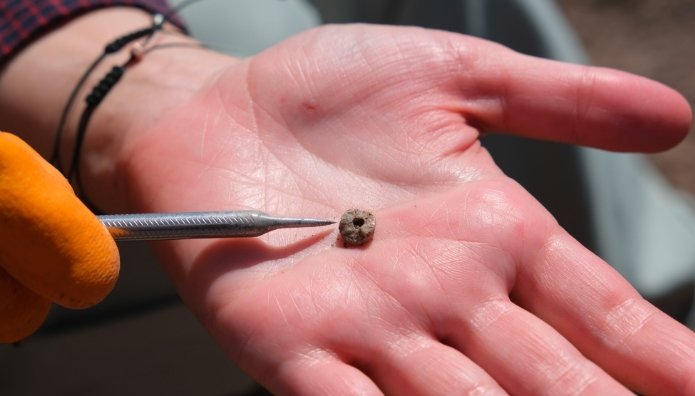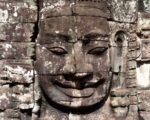The Neolithic site of Boncuklu Tarla in southeastern Turkey has become a window into the past with the discovery of what may be the world’s oldest known body piercings. This groundbreaking find, consisting of stud-shaped ornaments, suggests that the practice of body modification could date back over 11,000 years, offering new insights into the cultural expressions of our ancient ancestors.
The Discovery
Archaeologists at Boncuklu Tarla unearthed over 100 ornamental objects that were likely used as body piercings. These artifacts, found in close proximity to human remains, were made from various materials such as limestone, flint, copper, and obsidian. The placement of these objects suggests they adorned the ears and lips of the deceased, indicating a sophisticated level of personal adornment in the Neolithic era.
The significance of these findings is profound, as they challenge previous assumptions about the origins of body piercing. Prior to this discovery, the earliest evidence of such practices was thought to be from periods much later than the Neolithic age.

Cultural Implications
The presence of these ornaments in adult graves, but not in child burials, hints at a possible rite of passage or a marker of social status. This pattern suggests that body piercings may have been more than mere decoration; they could have held significant cultural meaning, possibly signifying maturity or other social milestones.
The variety of materials used also speaks to the trade networks and resource availability of the time, reflecting a community that valued diversity and creativity in their expressions of identity.
A Glimpse into Neolithic Life
Boncuklu Tarla continues to offer invaluable information about the Neolithic way of life. The discovery of these body ornaments adds a new dimension to our understanding of social practices and personal expression in early sedentary communities. It paints a picture of a society that placed importance on individuality and status, much like our own.














